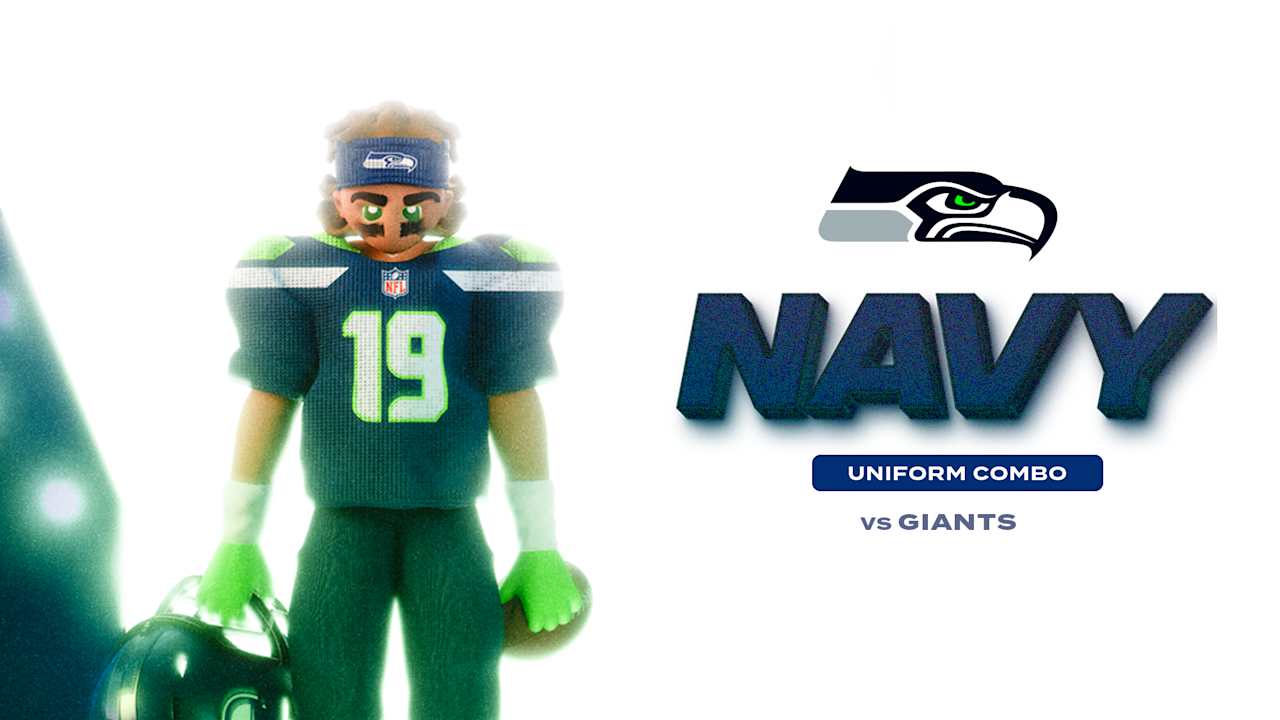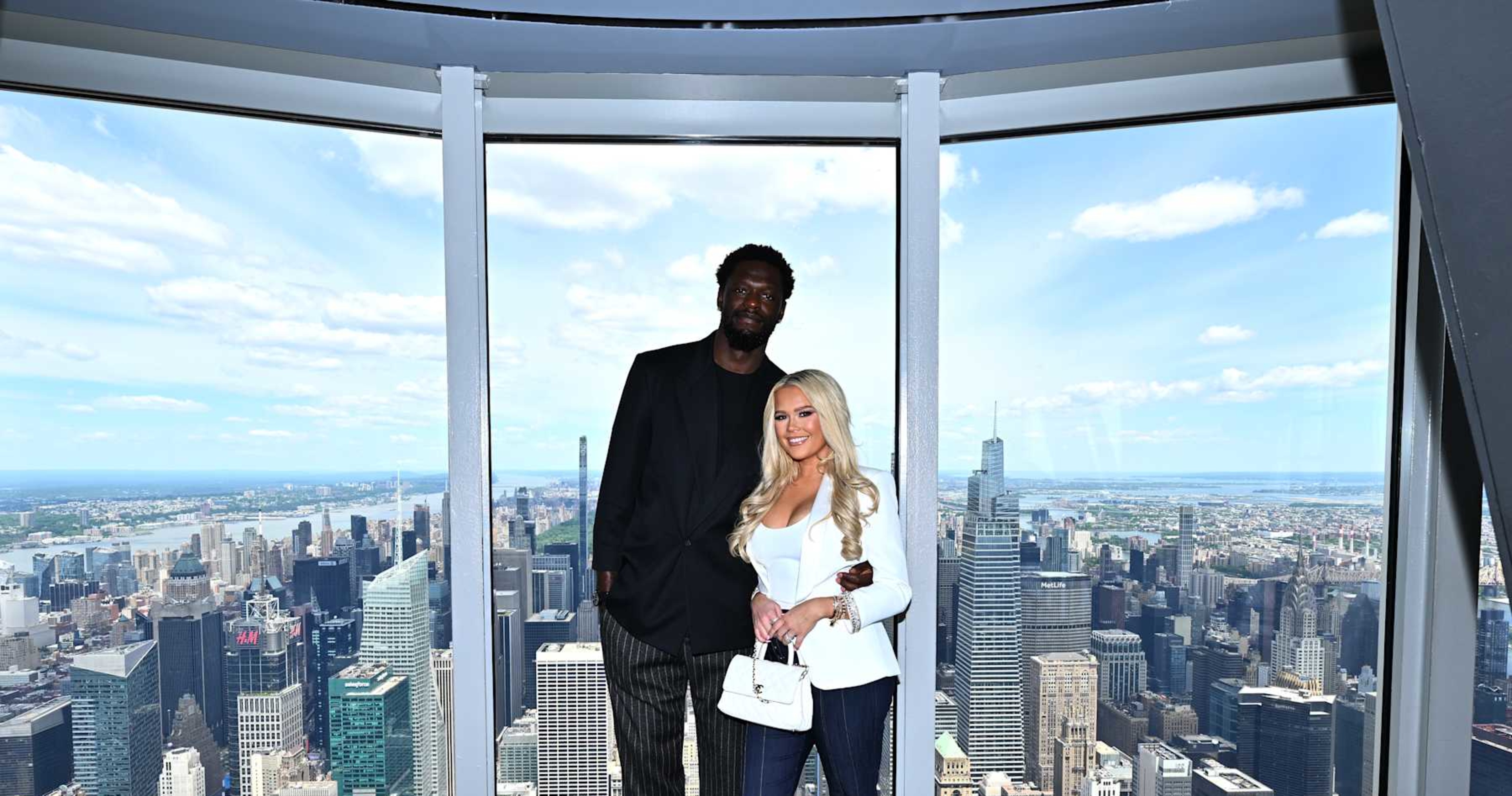Bussiness
New York Times Launches Completely Overhauled Mobile App

In the biggest overhaul to its mobile app since 2008, The New York Times is rolling out a completely new app experience, one that brings all of its products and brands into one place, and adds personalized recommendations to users in a bid to help solve the problem of news discovery.
“I think one of the huge things we heard over and over again was discovery, that you’d be browsing social and you’d see a reference to a story that — even though you’re a loyal Times reader — you hadn’t seen,” Times vp of product Emily Withrow says in an interview with The Hollywood Reporter. “This is really designed to pull the expanse of the report into the open and to give you more to browse.”
“We produce so much journalism, and there’s a very limited amount of space on the Today feed to program that journalism, and if you come once a day, you’re missing a huge swath of what we do and some really important stories,” she added.
The redesign will see users swipe right to get taken into a larger news environment, or left to be taken to the Times family of brands, including games, The Wirecutter, The Athletic, cooking, and audio.
The news portion of the app will include a number of revamped sections and topics, beginning with a dedicated election 2024 section, a lifestyle section that will lean into the rich imagery of the Times‘ culture and lifestyle sections, a “Great Reads” section, an opinion section, and the ability to dig into other sections like business, sports, etc.
Perhaps most notably, the home screen will also include dedicated tabs, including a “play” tab with the daily games; a “listen” tab with a selection of New York Times audio programming, and a “You” tab, which will see the Times offer a more personalized place for users.
“That is really the space that’s all about the user. It is where you can follow columnists that you’re interested in, different franchises and content areas of the site and of the product, so that you are able to get those surfaced there,” says Kristen Dudish, Times vp of product design. “You can customize the order. You can really pull up and highlight the things that are interesting to you as a user. And that space is really just about representing you and how you use the Times.”
That being said, the Times isn’t quite in the business of algorithmically feeding users news stories in the same way Netflix feeds its subscribers the next show to watch. Users will be able to follow columns, newsletters, or other areas of interest, with “Your Daily Rotation” recommending 10 articles per day.
“We think about personalization across sort of three different axes: One is content recommendations, one is customization, which is really you defining your preferences and having those reflected back to you, and the third is something that’s closer to a decision engine,” Withrow says. “The vast majority is editorially driven and programmed by our incredible news desks. But inside those panels, you do have some areas that are about informed by your reading history, especially whether or not you’ve seen something already, we’re trying not to put it back in front of you a bunch.
“And then the you tab that Kristen was talking about is a really customizable space,” she continued. “So it’s a space where you can say, I want to follow [the podcast] Hard Fork, and you’ve got Kevin Roose’s column, and you’ve got the podcast available to you.”
Ultimately, the redesign is about the “symbiotic relationship between many of these experiences and reading the news,” Withrow says. “If you come for games to the news app, you are likely to read a news article. If you come for news, you are also likely to read a game or play a game.”
“At the core of this redesign is our readers. It’s our subscribers, who are multifaceted, curious individuals, and until now, were in The New York Times app, games, cooking, audio — and all of those apps still are around and our core part of our strategy — but we wanted to be able to reflect you and your interests across the products.”










